A Pole in Switzerland, a "Swiss" on the Moon, and the 10:10 marketing stunt. Find out if you already know everything there is to know about luxury watches.

I assume that if you're interested in watches, it's not just because you want to know what time it is. That's why I've prepared 10 interesting facts about watches for you. Let me know if you knew them all.
The first interesting fact: Initially, in the 18th and 19th centuries, wristwatches were considered more of a piece of jewelry and designed primarily for women. At that time, men preferred pocket watches, worn (as the name suggests) in waistcoat and coat pockets on special chains.
So how did watches make their way to the wrist? The turning point came in the early 20th century, fueled by… World War I. Pocket watches were difficult to use in the trenches, so soldiers began improvising—using leather straps to strap their pocket watches to their wrists to make keeping track of time easier.
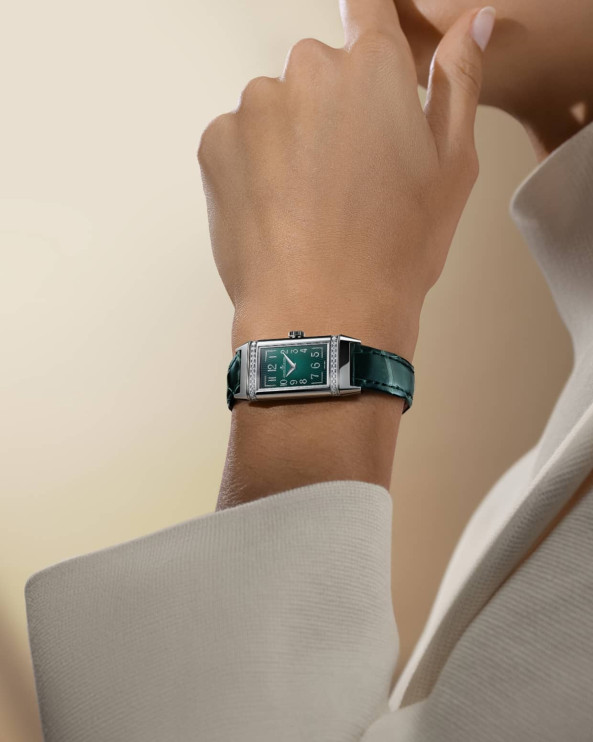 Jaeger LeCoultre Reverso One Monoface ref. Q328853J / press materials
Jaeger LeCoultre Reverso One Monoface ref. Q328853J / press materialsTransforming wristwatches into more functional and durable tools became a priority, and men appreciated the convenience of wristwatches. Manufacturers quickly capitalized on this trend. For example, Omega came up with an advertising idea with the slogan "Omega bracelets pour la ville, pour le front."
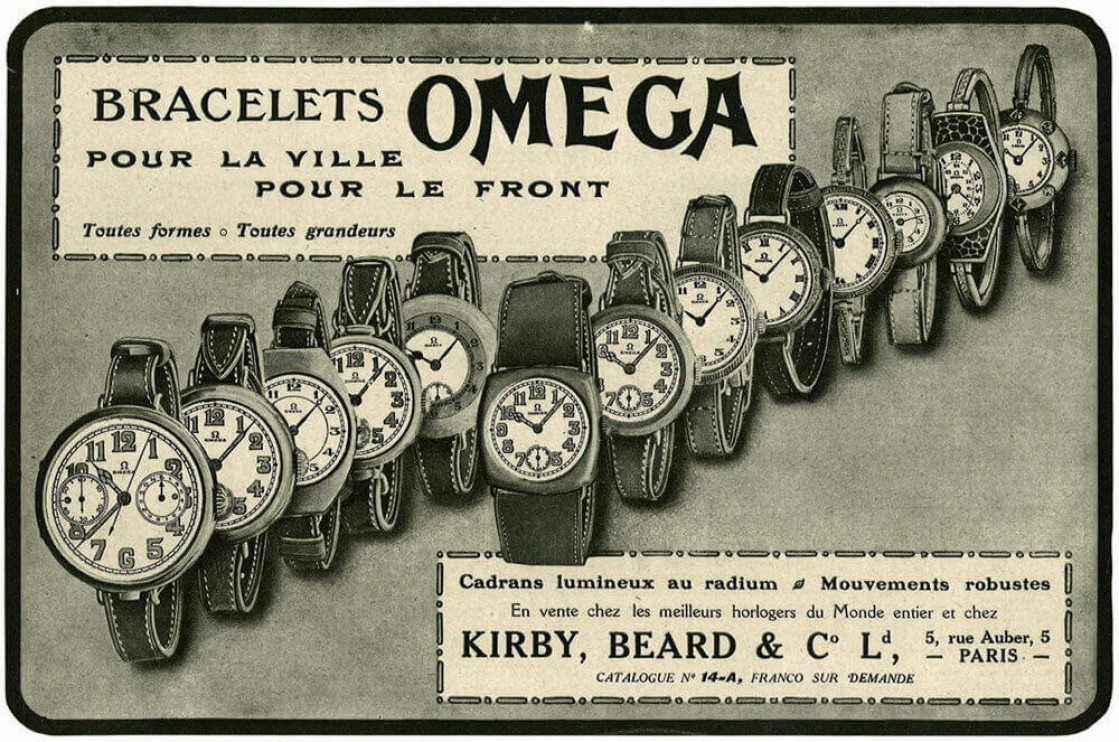 Omega - advertising Bracelets Omega pour la ville, pour le front / Omega press materials
Omega - advertising Bracelets Omega pour la ville, pour le front / Omega press materialsThe first mechanical watches had only one hand to show the time. Surprised? I suspect so. But this had been the standard way of measuring time since the 15th century, when mechanical clocks began to be installed in church and city towers. To be clear, these early clocks were often impressive works of art with intricately decorated dials and mechanisms. But minute-to-minute accuracy wasn't crucial back then. A single hour hand was sufficient for residents to know the time of day. Such a single-handed clock can be seen, for example, in the tower of Wawel Cathedral.
Watches and clocks had only one hand until the 18th century. Only in the modern era, with the advent of industrialization, were minute and seconds hands added.
But—and here's a bonus fact—there are still companies that create single-handed wristwatches. One example is the German company Meistersinger. Meistersinger Neo Bordeaux Degradé ref. NE911D and Meistersinger Neo Plus Ivory ref. NE403 / press materials
Meistersinger Neo Bordeaux Degradé ref. NE911D and Meistersinger Neo Plus Ivory ref. NE403 / press materialsPatek Philippe is a luxury Swiss watch brand you're probably familiar with. But do you know what—or rather, who— connects it to Poland? I'll answer. Antoni Patek . A Polish nobleman and participant in the November Uprising, he was forced to flee Poland (which was then under partition) after its fall. He eventually settled in Switzerland, where he became interested in watchmaking. In 1839, he opened a small watch factory with another Polish immigrant , Franciszek Czapek .
In 1844, during an exhibition in Paris, where Czapek-Patek was presenting its products, Antoni Patek met French watchmaker Adrien Philippe. When the partnership agreement expired in 1845, Patek parted ways with Czapek and founded his own company. He hired Philippe as its technical director. The collaboration between the two men resulted in the creation of the Patek Philippe brand in 1839. You know the rest of the story…
 Patek Philippe / Shutterstock
Patek Philippe / ShutterstockHave you noticed that pictures of watches often show the same time? And it's 10:10 or close to it . That's no coincidence.
First and foremost, this is an aesthetically optimal arrangement. The hands are symmetrically positioned. The logo, which is usually located at 12 o'clock, is uncovered, as are the other elements on the dial. But it's also a deliberate marketing ploy, exploiting the concept of pereidolia.
It's the phenomenon of finding familiar shapes in random details. Since the 1950s, watch advertisements have deliberately set the time to 10:10. Why? Because it's assumed this will have a positive impact on customers, as this arrangement of hands resembles... a smiling face.
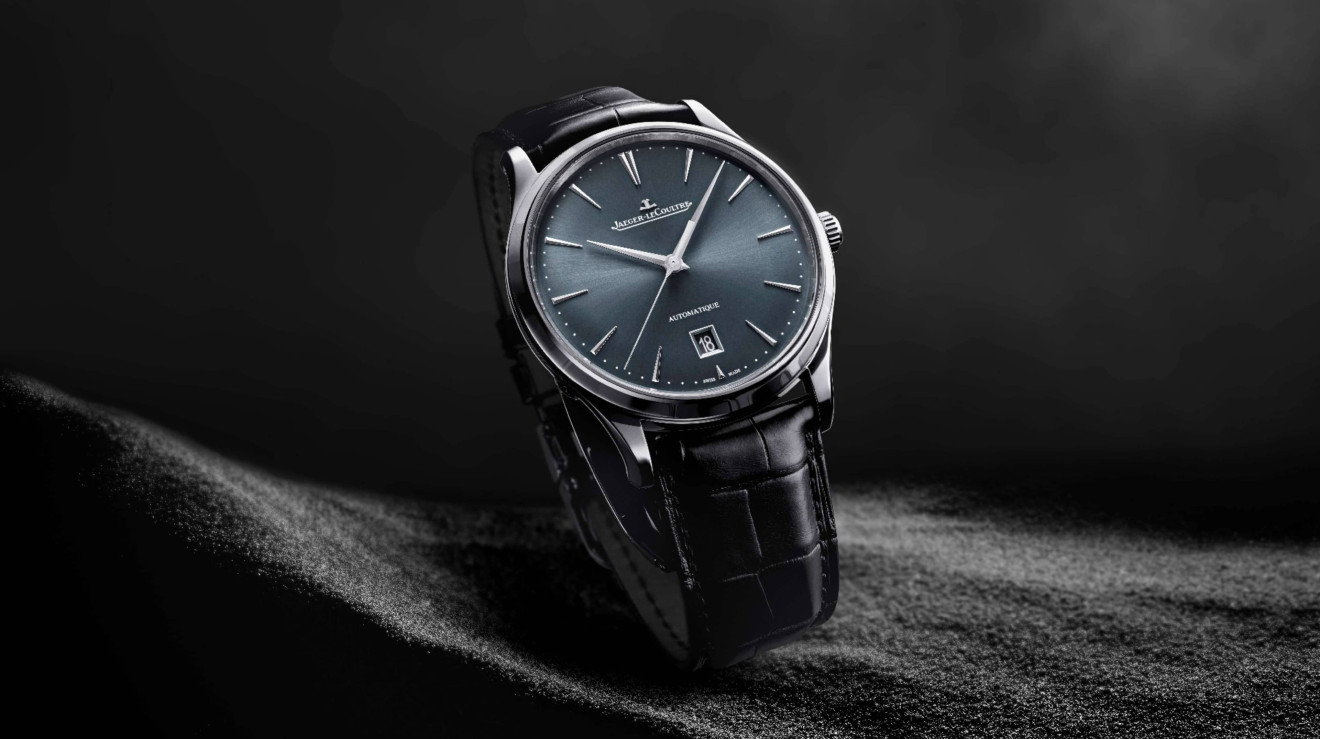 Jaeger LeCoultre Master Ultra Thin ref. Q1238480 / press materials
Jaeger LeCoultre Master Ultra Thin ref. Q1238480 / press materialsReturning to watches, in the past – in official photos and advertisements – the time was almost always set to 8:20. Aesthetically, it was also OK, but the hands could then resemble a sad face.
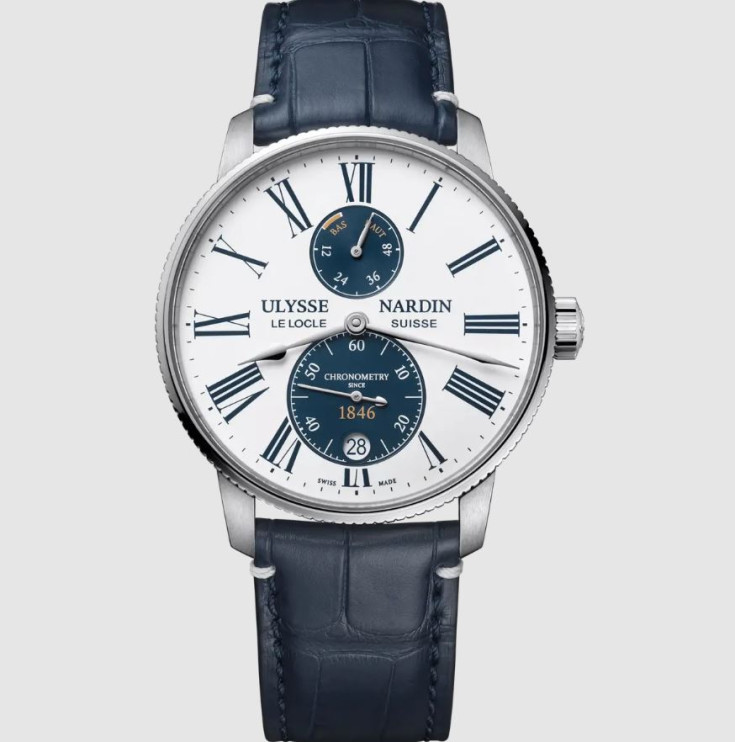 Ulysse Nardin Marine Torpilleur Panda ref. 1183-310LE-0A-/1B / press materials
Ulysse Nardin Marine Torpilleur Panda ref. 1183-310LE-0A-/1B / press materialsInterestingly, there is even research supporting the theory that the position of watch hands influences consumer behavior. This research was conducted by Frontiers researchers in 2017. The experiments involved examining the impact of the 10:10 clock setting (which resembles a smiling face), the 8:20 clock setting (which resembles a sad face), and the neutral 11:30 clock setting on the emotions and purchase intentions of the participants.
What were the results? In short, watches set to 10:10 a.m. produced greater feelings of pleasure in the subjects than watches set to 11:30 a.m. or watches set to 8:20 a.m. However, no significant difference was found between watches set to 11:30 a.m. and 8:20 a.m.
Additionally, tests showed that women experienced greater pleasure from viewing watches set to 10:10 than men. However, for the other time settings, no significant differences between the sexes were observed. And what about purchase intention? Watches set to 10:10 induced a greater purchase intention than those set to 11:30. The same was true for those set to 8:20. However, it should be noted that this effect was only marginal. However, no significant difference in purchase intention was found between watches set to 11:30 and those set to 8:20.
5. Why is IV in most watches IIII?Another interesting fact about numerals and indices: Have you ever noticed how the Roman numeral four is written on watch dials? Most watch companies represent the number four as "IIII" instead of the familiar "IV." But why is this?
Several theories exist. The most common explanation is that this is how the Romans originally wrote the number four. Similarly, the number nine was written not as "IX" but as "VIIII."
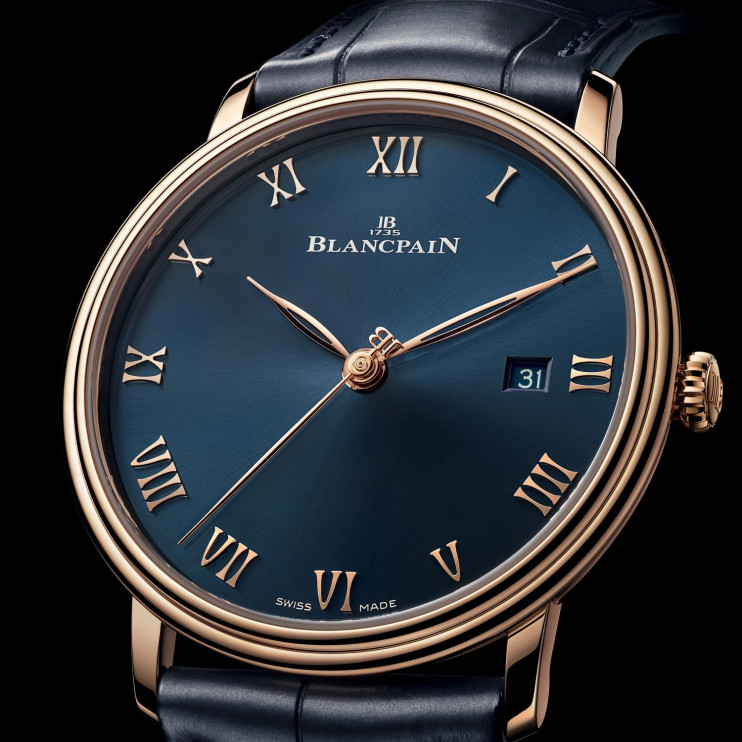 Blancpain Villeret Ultraplate ref. 6651 3640 55B / press materials
Blancpain Villeret Ultraplate ref. 6651 3640 55B / press materialsBut why, then, is IIII still used in watchmaking? And in most cases, regardless of brand? It's all about symmetry. Most Roman numeral indices in watches are based on a combination of additive and subtractive notation (where 4 is IIII and 9 is IX). Thus, the following numerals appear on the dial: I, II, III, IIII, V, VI, VII, VIII, IX, X, XI, XII. This combination creates three areas on the dial with identical numbers of numerals, each containing the same type of numeral (radial symmetry):
- I, II, III, IIII
- V, VI, VII, VIII
- IX,X,XI,XII
Additionally, this makes the numeral IIII easier to read than the numeral IV when it's upside down. In watches, the numerals sometimes appear radially aligned around the center of the dial, as is the case with this Tissot Le Locle watch.
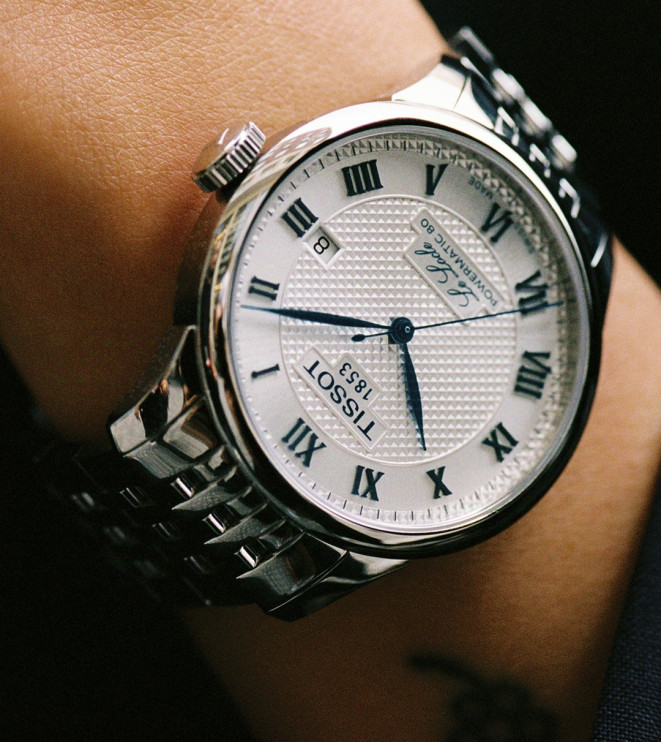 Tissot Le Locle Powermatic 80 ref. T006.407.11.033.00 / press materials
Tissot Le Locle Powermatic 80 ref. T006.407.11.033.00 / press materialsPerhaps not the aforementioned Patek, but everyone knows Rolex, right? Although Rolex is associated with Switzerland and its dials feature the "Swiss made" emblem, which I wrote about here, the company's origins actually took place in... London.
Want to know what it was like? The history of Rolex begins in 1905, when London-based Hans Wilsdorf , along with his brother-in-law Alfred Davis, decided to start selling wristwatches. They founded the company Wilsdorf & Davis. Wristwatches weren't yet as popular at the time. However, Wilsdorf had other ideas.
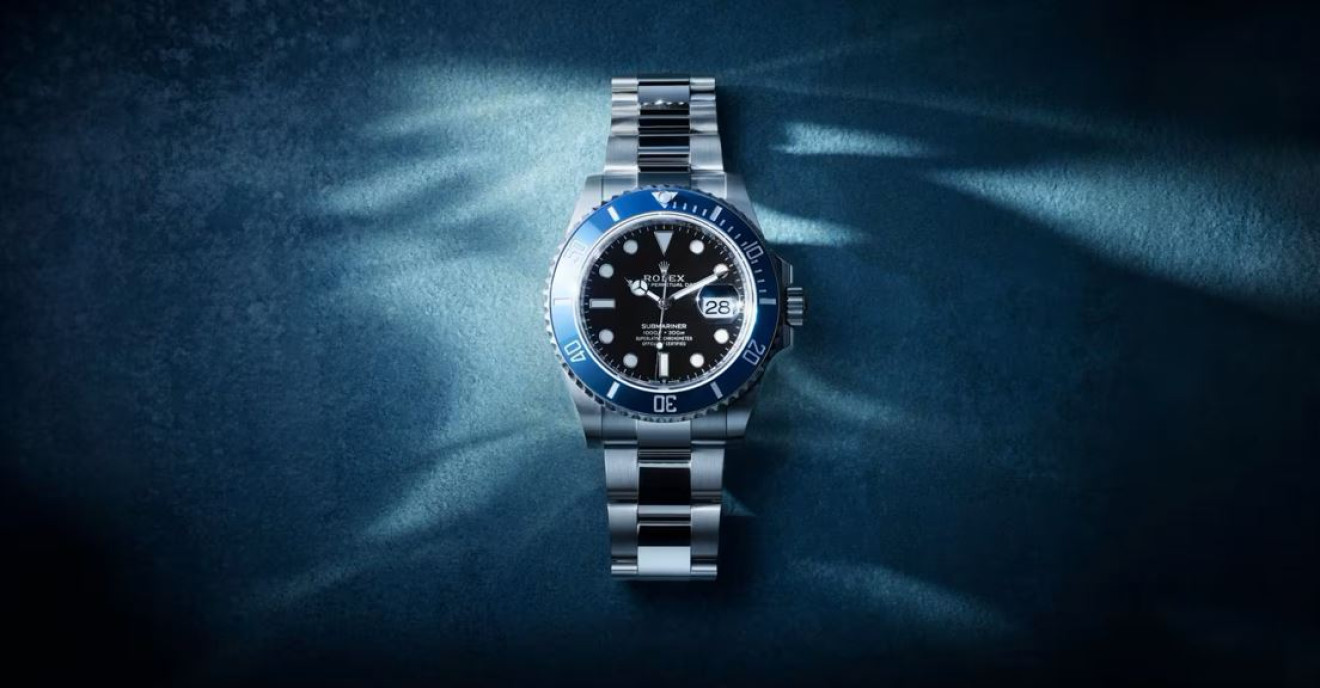 Rolex Submariner ref. 126619LB / press materials
Rolex Submariner ref. 126619LB / press materialsIn 1908, Wilsdorf decided to register his own new watch brand. He sought a name that would be easy to remember, pronounced the same in different languages, and that would fit seamlessly on a watch face. This was again an unusual approach, as at the time, customers were more accustomed to watch sellers than to watch manufacturers. And thus, ROLEX was born. The company subsequently moved its headquarters to Geneva. But Rolex's roots lie not in Switzerland, but in Great Britain.
7. Speedmaster – the first watch on the moonNow for perhaps the most famous watch curiosity. The Omega Speedmaster – the watch that was first on the moon, earning it the nickname "Moonwatch." But first things first!
During the Cold War, the world watched the constant race between the USSR and the USA. This applied not only to armaments here on Earth but also to the conquest of space. When the Soviet Union succeeded in sending the first man into space in 1961, then-US President 🇺🇸 JF Kennedy—during a famous speech to Congress—announced that before the end of the decade, the first American would set foot on the Moon.
NASA, founded less than three years earlier, had to act quickly. The first to launch was the Mercury manned spaceflight program. However, there, the astronauts had their own watches. Only with the later programs— Gemini and Apollo —did the need arise to equip astronauts with watches previously tested by the agency.
Therefore, in 1962, a request was sent to 10 manufacturers to submit wrist chronographs for testing. Four brands responded: Rolex, Longines-Wittnauer, Omega, and Hamilton.
Then, each of the received timepieces was subjected to special tests (including temperature, pressure and shock), which were completed on March 1, 1965. But only the Omega timepiece "passed" them all and received a special certificate "Flight-qualified by NASA for all Manned Space Missions".
It was an Omega Speedmaster ref. 105.003.
 Omega SA / press materials
Omega SA / press materialsHowever, this was not the model that landed on the moon in 1969. Omega had meanwhile introduced other Speedmaster models – the 105.012 and 145.012 – which also passed the tests.
So which one flew with the Apollo 11 crew in 1969? Speedmaster 105.012 . Here's an interesting fact: The first man on the Moon was Neil Armstrong. Legend has it that he left his Speedmaster on board. The first watch on the moon was therefore that of Edwin "Buzz" Aldrin, the second crew member to leave the spacecraft. Thus, the Omega Speedmaster became the Moonwatch , an iconic watch that has seen numerous editions.
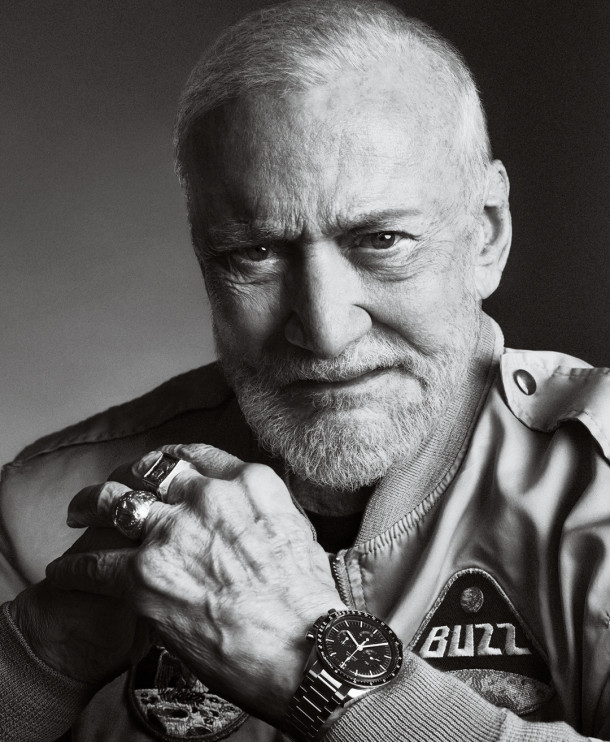 Edwin Buzz Aldrin, Omega SA / press materials
Edwin Buzz Aldrin, Omega SA / press materialsFinally, one more story about how the Speedmaster... saved the crew of Apollo 13. This was the third mission of the Apollo program. Unfortunately, two days after launch, an accident occurred on board the service module. An oxygen tank exploded, resulting in the famous phrase:
"Okay, Houston... we've had a problem here."
The command center worked hard to ensure the crew returned home safely. Besides the malfunctions , steering the spacecraft back on course proved a challenge. The astronauts had to do this manually because the electronics were malfunctioning.
The 14-second fuel burn was crucial. The chronograph function of the Omega Speedmaster was used to measure this. Thanks to the watch, the crew returned safely, splashing down in the Pacific Ocean on April 17, 1970—exactly 142 hours and 54 minutes after their launch on April 11.
As you can see, the idea of giving astronauts a watch that wouldn't let them down in the harsh conditions of space probably saved the lives of the Apollo 13 crew.
Later that same year , Omega received the prestigious Silver Snoopy Award from NASA for its contribution to the success of manned spaceflight missions.
8. Swatch – a company that owns… 16 watch brandsThe Swiss company Swatch Group is not only the manufacturer of the popular Swatch watches.
The Swatch Group currently controls 16 watch brands of varying levels of luxury. I suspect you'll be surprised if I list them all. They include Breguet, Harry Winston, Blancpain, Glashütte Original, Jaquet Droz, Omega, Longines, Rado, Union Glashütte, Tissot, Balmain, Certina, Mido, Hamilton, Swatch, and Flik Flak.
 Swatch Group / press materials
Swatch Group / press materialsThe patron saint of watchmakers is St. Eligius , a goldsmith who lived in 7th-century France. Although Eligius didn't directly engage in watchmaking (which wasn't yet widespread at the time. In fact, the first mechanical clock was constructed quite a few years after his death), he was a master of metalworking, particularly gold and silver.
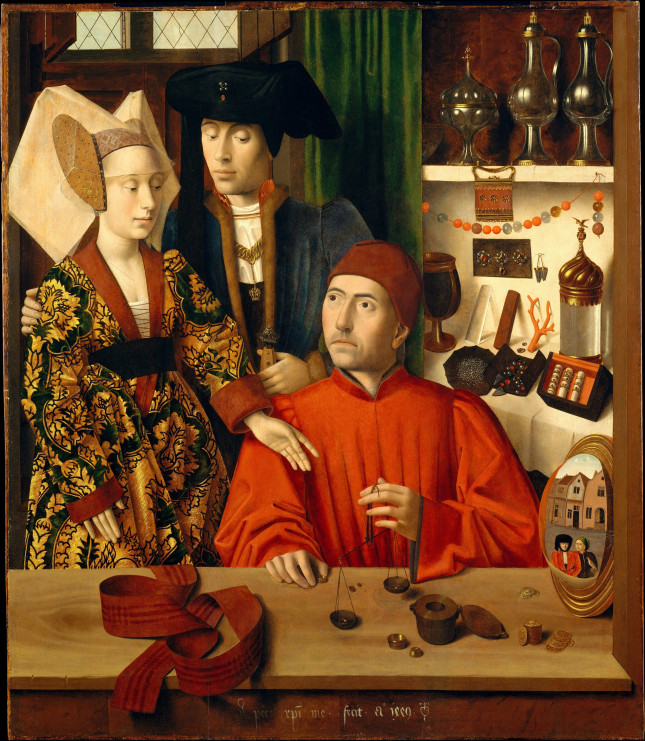 Saint Eligius - patron saint of watchmakers / Petrus Christus, ca. 1449 / Getty Images
Saint Eligius - patron saint of watchmakers / Petrus Christus, ca. 1449 / Getty ImagesIn the Middle Ages, St. Eligius became a symbol for all craftsmen, especially those working with precious metals. As watchmaking began to flourish in the late Middle Ages and the Renaissance, particularly in Western Europe, craftsmen began to view St. Eligius as the patron saint of their fledgling profession.
In the world of watchmaking, his image has survived for generations, and the belief in his care and protection has become widespread.
The celebration in honor of St. Eligius falls on December 1, the day of his death, which occurred in 660.
10. Where does the word "watch" come from?Finally, a linguistic curiosity. Have you ever wondered where the word "watch" comes from? The English word "watch," which today means "watch," has its roots in the Middle Ages and originally referred to "vigil" or "watch," associated with the duties of night watchmen. According to the Online Etymology Dictionary, the earliest use of "watch" in reference to time was related to the night watch ("wæcce" or "wæccan") and became a term for those on guard—"one who keeps watch."
Because their task was precisely to be vigilant and monitor the passage of time, which was later naturally associated with tools that helped in this activity.
I hope these interesting facts have shown you a little that the world of watches is anything but boring. And you can learn a lot along the way. To be honest, if it weren't for the Omega Speedmaster, I wouldn't have known the name of the guy who was the second man on the moon...






![This luxury car is a favorite of the wealthiest Poles [NEW SALES DATA]](/_next/image?url=https%3A%2F%2Fpliki.well.pl%2Fi%2F06%2F79%2F16%2F067916_r2_940.jpg&w=1280&q=100)

